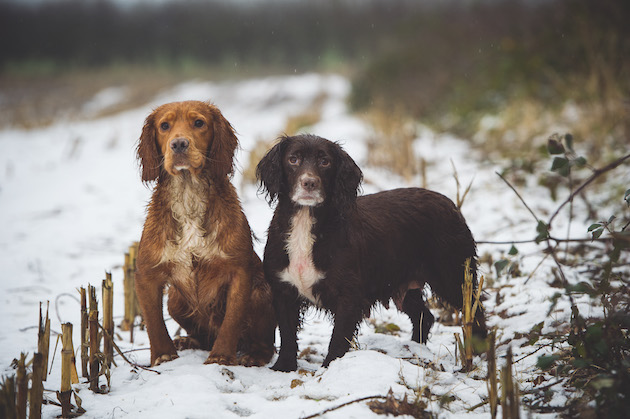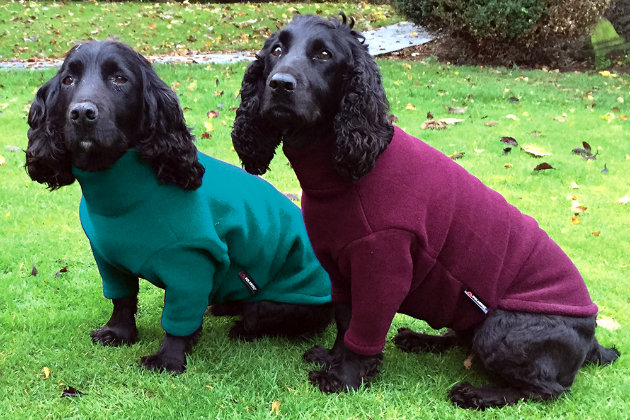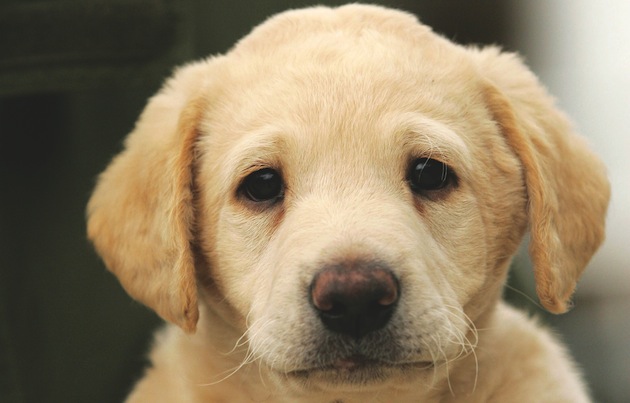Are dog coats really necessary?
Have you got any experience of neoprene coats for gundog training? Do they work?
Win CENS ProFlex DX5 earplugs worth £1,149 – enter here
 Cocker spaniels
Cocker spaniels
I’m often asked whether dogs suffer hypothermia. The answer is yes and there are some particular signs that owners of working dogs – in fact owners of all dogs – need to look out for.
In fact, under the right conditions any warm-blooded mammal, including dogs, can suffer hypothermia. Responsible dog owners need to know the signs to look out for, how to avoid the condition and how to treat it should it occur. Dog coats can be useful, read our list of best dog coats here.
Hypothermia occurs when the body loses heat faster than it can produce it, causing a dangerously low body temperature.
The onset of hypothermia will be recognised as intense shivering, leathery (slowing down and a greater reluctance to keep moving), muscular stiffness and an increasing lack of co-ordination. Unless rectified, the dog’s condition will deteriorate, its heart and breathing rates will slow, the pupils will dilate and it will collapse and go into a coma.
Though it is unusual to see dogs suffer overt hypothermia in the milder winters we have experienced in recent years, it is as well to understand that some dogs are much more susceptible to the cold than others. These include small, shorthaired dogs, wet dogs and dogs that are kept outside for prolonged periods of time with insufficient shelter and space to exercise.

Coats like Equafleece are good for warming up cold, damp dogs
Read our advice on caring for your dog after a shoot day.

Puppies are not good at regulating their temperature
Puppies under six months old and dogs that suffer diabetes, heart disease, hormone imbalance or kidney disease are not able to regulate their body temperature as effectively, while elderly and arthritic dogs, with painful joints, aren’t able to move around as much to keep themselves warm.
Have you got any experience of neoprene coats for gundog training? Do they work?
It’s important to care for your dog correctly after it has been working hard in the field all day, ensure that it has a warm place to sleep. You may also consider a coat for your dog, as they are useful for some breeds.
Get the latest news delivered direct to your door
Discover the ultimate companion for field sports enthusiasts with Shooting Times & Country Magazine, the UK’s leading weekly publication that has been at the forefront of shooting culture since 1882. Subscribers gain access to expert tips, comprehensive gear reviews, seasonal advice and a vibrant community of like-minded shooters.
Save on shop price when you subscribe with weekly issues featuring in-depth articles on gundog training, exclusive member offers and access to the digital back issue library. A Shooting Times & Country subscription is more than a magazine, don’t just read about the countryside; immerse yourself in its most authoritative and engaging publication.

